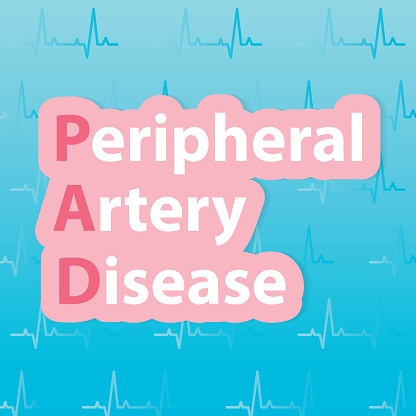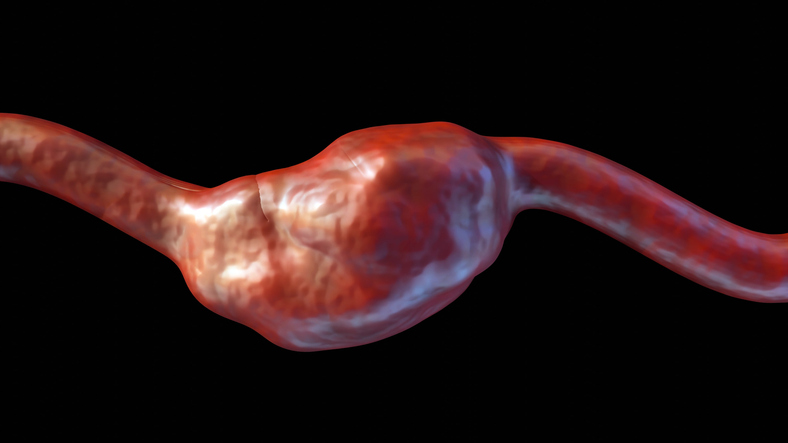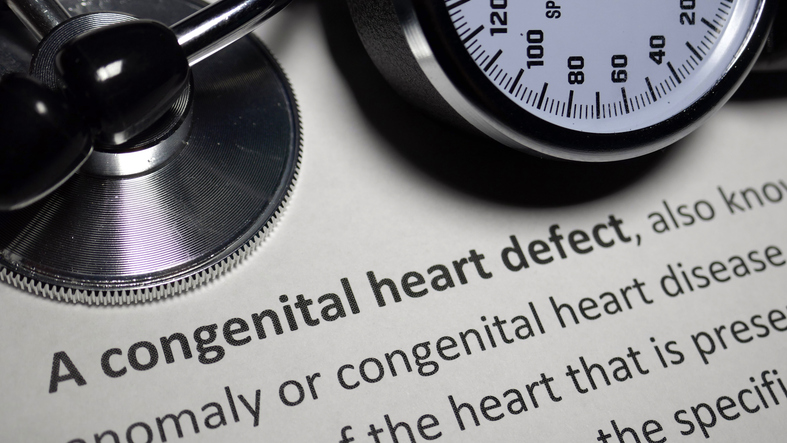
A study found that the prevalence of peripheral artery disease (PAD) is inversely associated with physical activity (PA). The results appeared in Frontiers in Cardiovascular Medicine.
This study assessed 1,370 adults aged 40 years and older who had participated in the National Health and Nutrition Examination Survey (NHANES) from 1999-2004. The ABI of the participants were measured, and PAD was defined as ABI ≦0.9. PA was procured via a standard questionnaire, and metabolic equivalents (MET) were used to quantify the PA level. Logistic regression was employed to discern the link association between PA and incidence of PAD, and the dose-response relationship was analyzed with RCS.
According to the results, PAD was present in 6.2% of the participants: 5.6% of males and 6.9% of females. After adjusting for potential confounders, the researchers observed compared with the first quartile (Q1) of MET, the odds ratios (ORs) of PAD for those with Q2, Q3, and Q4 of MET were 0.688 [95% confidence interval (CI) = 0.684-0.692], 0.463 (95% CI = 0.460-0.466), 0.816 (95% CI = 0.812-0.821), respectively (all p < 0.0001). The RCS regression showed that physical activity was related to the incidence of PAD in a non-linear manner (p for non-linearity < 0.0001). For females, they observed that the prevalence of PAD decreased as physical activity increased, reaching the minimum for activity at ~5,800 MET-min month-1 (OR = 0.425, 95% CI = 0.424-0.426), and for males, no plateau was found in this study.
“The prevalence of PAD is inversely associated with PA, and vigorous activities might help decrease PAD risk for general population. The prevalence of PAD reaches the minimum at ~5,800 MET-min month-1, representing a recommended PA value,” the researchers concluded.







 © 2025 Mashup Media, LLC, a Formedics Property. All Rights Reserved.
© 2025 Mashup Media, LLC, a Formedics Property. All Rights Reserved.